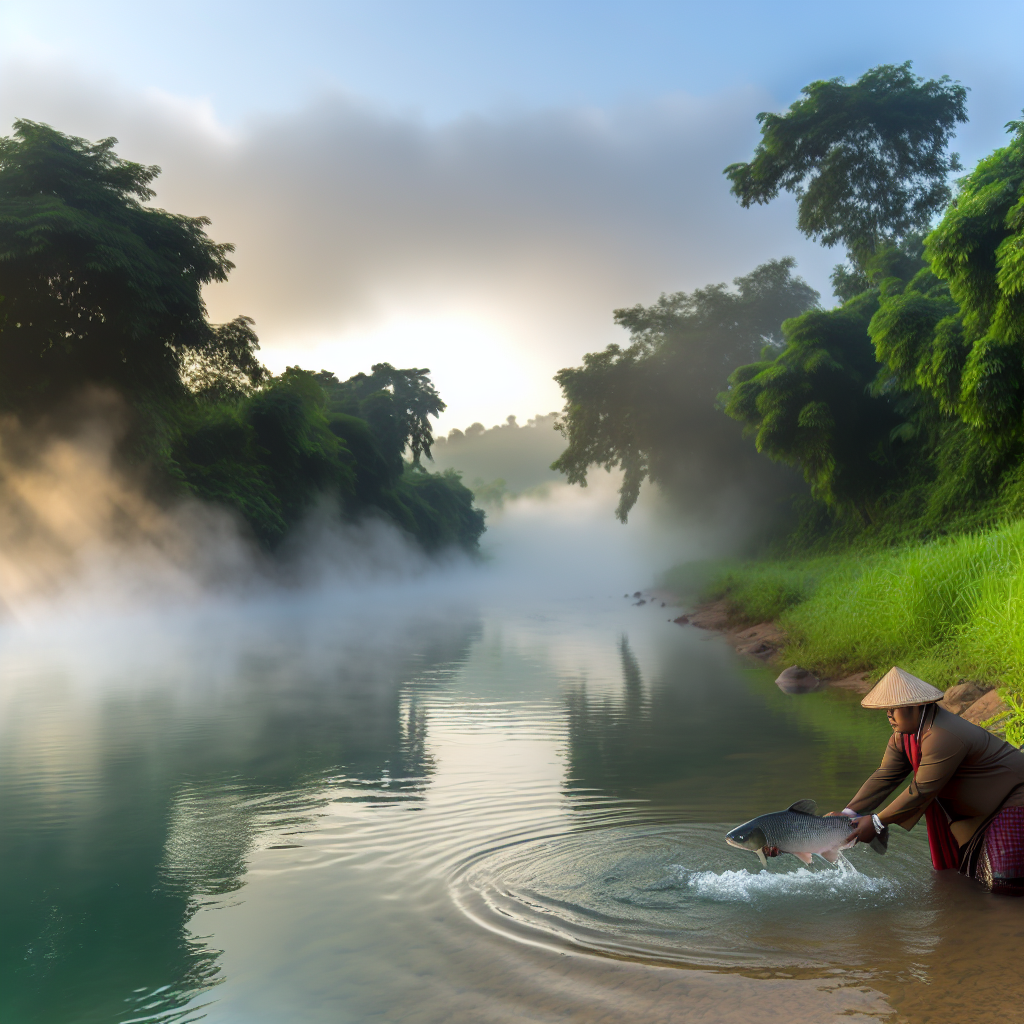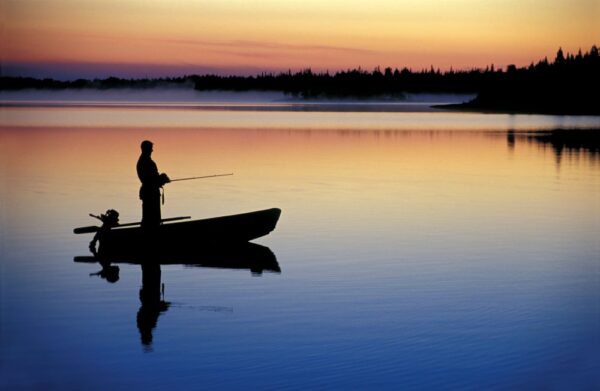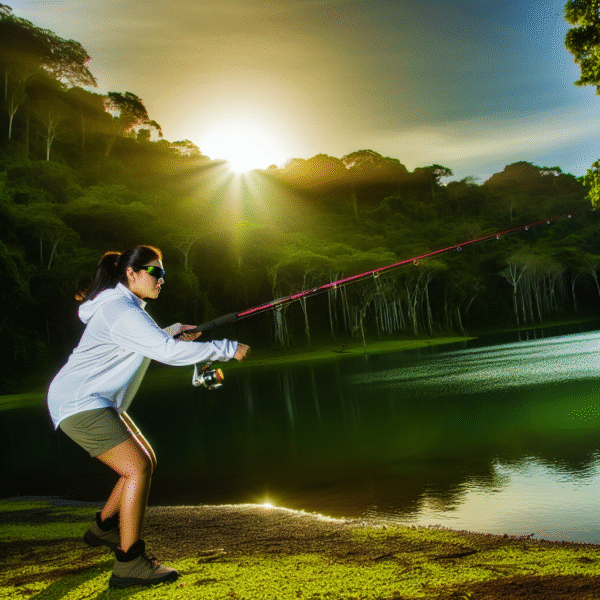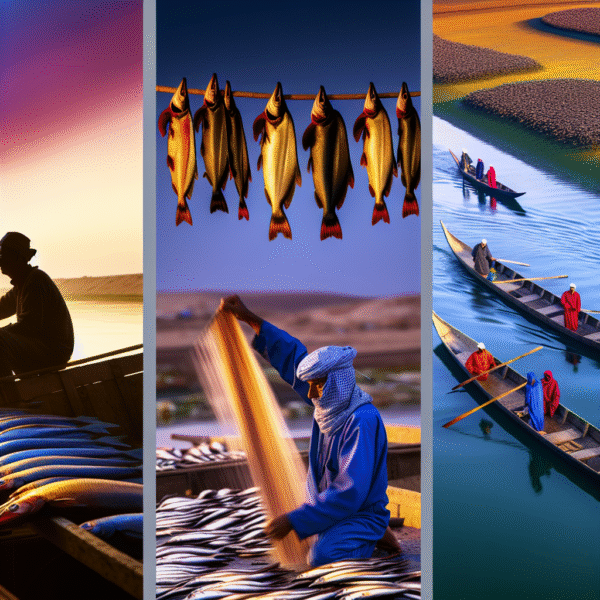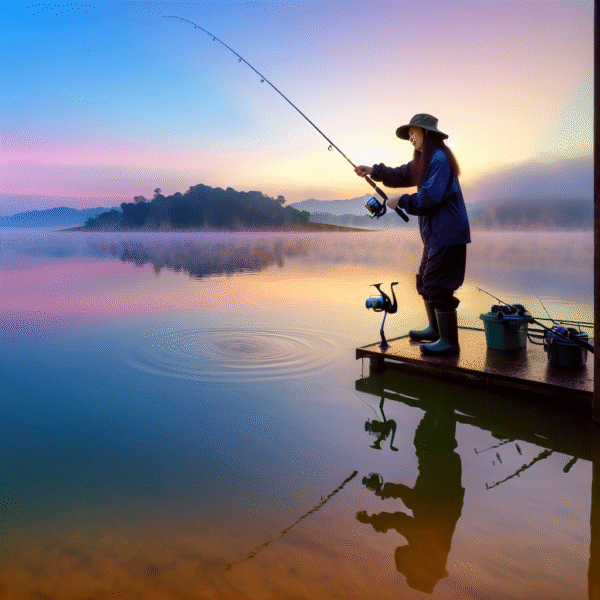The Vital Link Between Fishing Conservation and Travel
Fishing conservation plays a vital role in protecting aquatic ecosystems while supporting cultures and economies worldwide. From fly fishing in Montana to learning net-casting in Peru, mindful travelers are increasingly encountering the intersection of tradition and sustainability. Understanding the importance of fishing conservation enhances every adventure, as local communities and global partnerships work together to protect marine life for future generations.
How Local Communities Lead Fishing Conservation Efforts
In coastal and riverside regions, fishing provides more than sustenance—it sustains livelihoods, heritage, and local economies. These communities often pioneer fishing conservation solutions rooted in generations of ecological knowledge. In Belize’s Placencia Village, fishers collaborate with organizations like the Wildlife Conservation Society and Environmental Defense Fund to implement managed access zones. These areas reserve fishing rights for licensed locals to ensure species like snapper and conch can recover and thrive.
If you’re traveling the Belizean coast, consider a guided experience with Sea Spray Hotel. Their in-house guide, a former commercial fisher turned conservationist, explains the shift to more sustainable methods like hand-lining and seasonal closures. You can snorkel among vibrant reefs that are now protected eco-zones.
Similar grassroots efforts are underway in Southeast Asia. In Dawei, Myanmar, solo travelers can join Fauna & Flora‘s crab monitoring initiative, working alongside villagers who collect and report field data. These personal insights into fishing conservation demonstrate how hands-on involvement strengthens local ecosystems and cultural bonds.
Catch and Release: Responsible Travel for Anglers
Practicing catch-and-release fishing is a simple yet powerful way to support fishing conservation while still enjoying the sport. On Montana’s Madison River, barbless hooks and wet-hand handling help trout survive post-release. Guides from the Madison River Fishing Company specialize in low-impact trips that blend education with recreation.
Traveling families with older children can use these excursions to talk about ecological responsibility. Even small choices—such as fishing during cooler hours to reduce stress on fish—yield measurable benefits. Along British Columbia’s Fraser River, fly-fishing schools like Michael & Young Fly Shop incorporate these principles from the start, emphasizing conservation as part of technique.
Regulations further reinforce best practices. In New Zealand, strict catch limits safeguard trout and salmon populations. Before fishing in areas like Otago or Taupō, check the latest updates at centers managed by Fish & Game New Zealand to stay within ecological and legal guidelines.
Marine Sanctuaries and Seasonal Closures: Safeguarding Ecosystems
Marine Protected Areas (MPAs) and seasonal closures are among the most effective tools in fishing conservation. These zones help marine life rebound by limiting fishing during critical periods. They also offer travelers unique learning opportunities.
In California’s Channel Islands, protected marine zones support kelp forests and booming fish populations. Outfitters such as Channel Islands Adventure Co. provide guided marine ecotours for families, introducing visitors to thriving underwater ecosystems shaped by conservation.
On the Philippine island of Apo, a local-led no-take zone revived a once-overfished reef. Decades after establishing fishing restrictions, residents enjoy healthier stocks and sustainable livelihoods. Guests who stay at places like Liberty Lodge can snorkel with villagers responsible for these conservation successes, gaining real insight into what works.
In colder climates like Iceland, fishing closures during dry summer months protect sensitive species like Atlantic salmon. Local outfitter FishIceland ensures anglers are briefed on seasonal guidelines and conservation norms, proving that ethical sport fishing is both possible and fulfilling.
Educational Centers and Cultural Traditions in Fishing Conservation
You don’t need a rod to engage with fishing conservation. Across the globe, museums and cultural hubs offer immersive, family-friendly ways to understand and support sustainable fishing.
In Norway, the Norwegian Fisheries Museum chronicles the nation’s evolution from artisanal cod fishing to present-day aquaculture. Kids and adults alike can explore real boats, test fish knowledge through interactive exhibits, and learn how fishing conservation has shaped Norway’s identity.
Meanwhile, in Japan’s Mie Prefecture, the Ama villages preserve the unique free-diving culture of female seafood harvesters. At Ama Hut Hachiman, travelers enjoy traditional meals while listening to stories about how the Ama women have long practiced sustainable fishing without modern gear.
Stateside, Tampa’s Florida Aquarium features hands-on labs and conservation exhibits. Visitors learn about topics like bycatch reduction and marine debris removal—valuable context before heading to nearby fishing piers along the Gulf Coast.
How to Support Fishing Conservation While Traveling
Promoting fishing conservation through your travel choices doesn’t require drastic changes—it just means making thoughtful decisions that benefit the environment and local communities.
- Book conservation-conscious guides. Choose tours affiliated with groups like the Marine Stewardship Council or local fishery sustainability programs.
- Use eco-friendly gear. Select biodegradable lines, barbless hooks, and lead-free tackle to reduce harm to aquatic species and habitats.
- Stay informed. Stop by local visitor centers to get up-to-date fishing rules, including closed seasons and size or species limitations.
- Join citizen science projects. Apps like Australia’s Eye on the Reef let travelers log fish sightings that contribute to climate and conservation research.
- Eat sustainably. Ask about seafood sourcing. Restaurants such as Eventide Oyster Co. in Maine proudly serve local, sustainable catches.
Casting Forward: Hooked on Conservation
Fishing conservation is more than policy—it’s a shared promise to protect life beneath the surface. Whether you’re releasing trout in Montana, snorkeling in an MPA in the Philippines, or learning heritage traditions in Japan, your choices as a traveler matter. By aligning with conservation practices, you help protect ecosystems and empower communities that depend on them. Responsible travel doesn’t dilute the adventure—it deepens it. And fishing conservation ensures that tomorrow’s waters stay just as rich as today’s.
